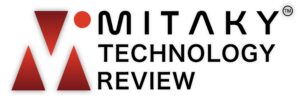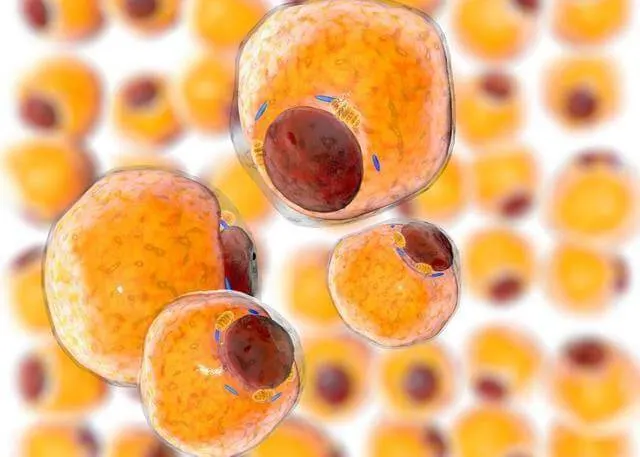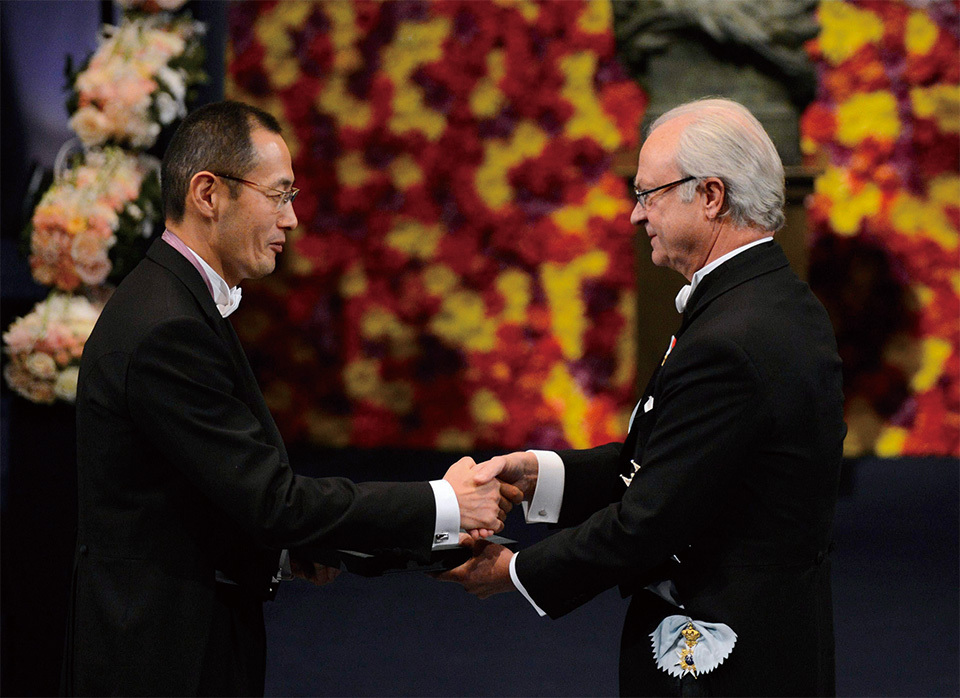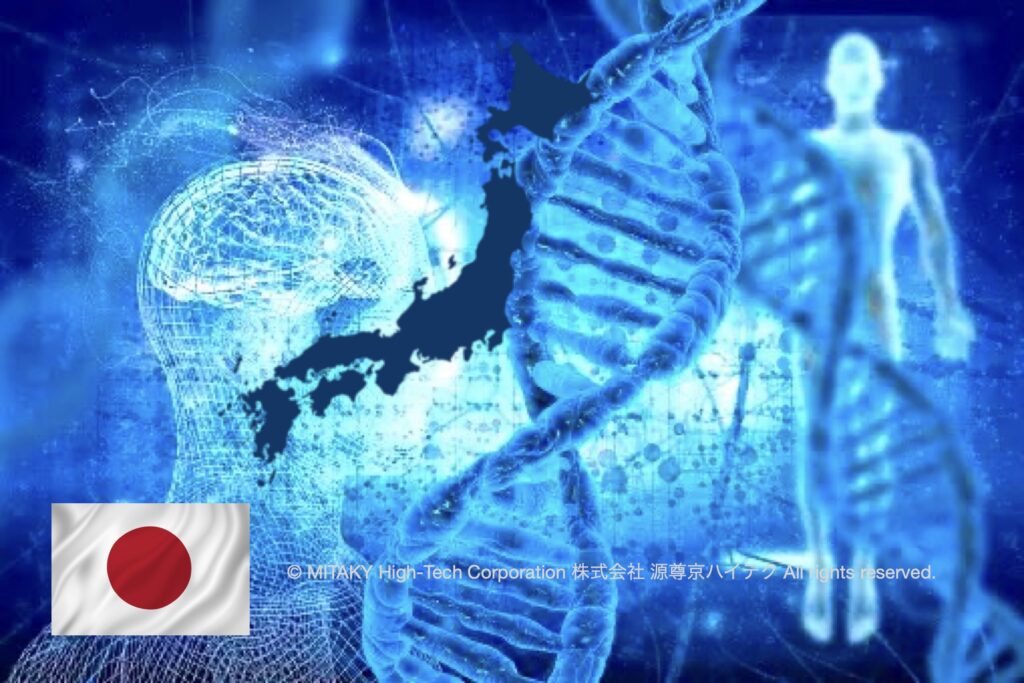Stem Cells
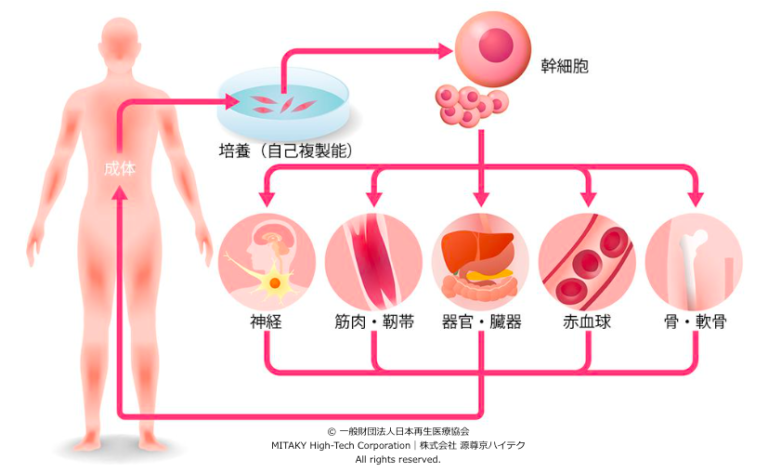
Summary
Stem cell therapy stands as a light of hope, offering transformative possibilities in regenerative medicine. Stem cell therapy represents a revolutionary paradigm shift in regenerative medicine, offering unprecedented opportunities for treating a myriad of diseases and injuries. With their unique regenerative properties, stem cells hold the potential to transform healthcare and improve patients’ lives. While significant progress has been made, continued research and collaboration are essential to overcome challenges and unlock the full therapeutic potential of stem cell therapy. By embracing interdisciplinary approaches and addressing ethical considerations, we can harness the power of stem cells to usher in a new era of regenerative medicine.
Three key characteristics of stem cells
1. Self-Renewal Capability:
Stem cells possess the unique ability to self-renew, allowing them to undergo numerous cell divisions while maintaining their undifferentiated state. This property ensures a continuous supply of stem cells for tissue maintenance and repair.
2. Differentiation Potential:
Stem cells possess the capacity to differentiate into specialised cell types of various lineages. This differentiation potential allows them to generate a wide range of cell types, including neurons, muscle cells, and blood cells, among others, depending on their lineage and developmental stage.
3. Plasticity:
Stem cells exhibit plasticity, the ability to differentiate into cell types beyond their lineage under certain conditions. This property enables stem cells to adapt to different microenvironments and tissues, broadening their therapeutic potential in regenerative medicine.

Types of Stem Cell Therapy
Stem cell therapy encompasses various approaches, each tailored to meet specific medical needs and conditions. Autologous stem cell therapy involves harvesting stem cells from the patient’s own body, typically from bone marrow or adipose tissue, and then reintroducing them into the affected area. This minimizes the risk of rejection or immune response, as the cells are derived from the patient themselves.
On the other hand, allogeneic stem cell therapy utilises stem cells sourced from a donor, such as umbilical cord blood or another compatible individual. While allogeneic stem cell therapy offers the advantage of readily available cells for immediate use, careful matching is essential to mitigate the risk of rejection or graft-versus-host disease.
Applications in Regenerative Medicine
Stem cell therapy holds immense promise in regenerative medicine due to its potential to repair, replace, or regenerate damaged tissues and organs. One of its primary applications is in the treatment of degenerative diseases such as Parkinson’s disease, Alzheimer’s disease, and spinal cord injuries. By replenishing damaged or dysfunctional cells with healthy ones, stem cell therapy offers the prospect of slowing disease progression and improving patients’ quality of life.
Furthermore, stem cell therapy has shown considerable efficacy in tissue regeneration and wound healing. For instance, it can be employed to stimulate the regeneration of cardiac tissue following a heart attack, promote bone growth in fractures, and accelerate the healing of chronic wounds. These regenerative properties make stem cell therapy a promising avenue for addressing a myriad of medical conditions.
Recent Advances and Future Directions
In recent years, significant advancements have propelled stem cell research to new heights, paving the way for innovative therapies and treatments. One notable breakthrough is the development of induced pluripotent stem cells (iPSCs), which are adult cells reprogrammed to exhibit embryonic stem cell-like properties. iPSCs offer the potential for personalized medicine, enabling the generation of patient-specific stem cells for therapeutic purposes.
Moreover, researchers are exploring the synergistic potential of stem cells with other cutting-edge technologies such as gene editing and tissue engineering. These interdisciplinary approaches hold promise for enhancing the therapeutic efficacy of stem cell therapy and addressing current limitations.
Challenges and Ethical Considerations
Despite its tremendous potential, stem cell therapy faces challenges and ethical dilemmas that must be addressed. One major concern is the risk of tumorigenicity, wherein transplanted stem cells may give rise to tumors or exhibit uncontrolled growth. Efforts are underway to develop strategies to mitigate this risk, including stringent pre-screening of cells and genetic modifications to enhance their safety profile.
Additionally, ethical considerations surround the use of embryonic stem cells, as their derivation involves the destruction of human embryos. While alternative sources such as iPSCs have alleviated some of these ethical concerns, ongoing debate persists regarding the moral implications of stem cell research and therapy.
Understanding Stem Cells
At the heart of stem cell therapy lies the intrinsic properties of stem cells themselves. Stem cells are undifferentiated cells characterized by their capacity for self-renewal and differentiation into specialized cell types. Broadly categorized into embryonic stem cells (ESCs) and adult stem cells, they play a pivotal role in the body’s natural healing processes.
Embryonic stem cells (ESCs) are derived from early-stage embryos and possess pluripotent capabilities, meaning they can give rise to any cell type in the body. Conversely, adult stem cells are found in various tissues and organs throughout the body, where they contribute to tissue repair and regeneration. While adult stem cells have a more limited differentiation potential compared to ESCs, they remain a valuable resource for therapeutic applications.
Powered by MITAKY High-Tech Corporation|株式会社 源尊京ハイテク
Citations:
- Takahashi, K., & Yamanaka, S. (2006). Induction of pluripotent stem cells from mouse embryonic and adult fibroblast cultures by defined factors. Cell, 126(4), 663-676.
- Trounson, A., & McDonald, C. (2015). Stem cell therapies in clinical trials: progress and challenges. Cell Stem Cell, 17(1), 11-22.
- Thomson, J. A., et al. (1998). Embryonic stem cell lines derived from human blastocysts. Science, 282(5391), 1145-1147.
- Trounson, A., & DeWitt, N. D. (2016). Pluripotent stem cells progressing to the clinic. Nature Reviews Molecular Cell Biology, 17(3), 194-200.
- Daley, G. Q., et al. (2019). Setting global standards for stem cell research and clinical translation: The 2016 ISSCR guidelines. Stem Cell Reports, 12(6), 1216-1221.

